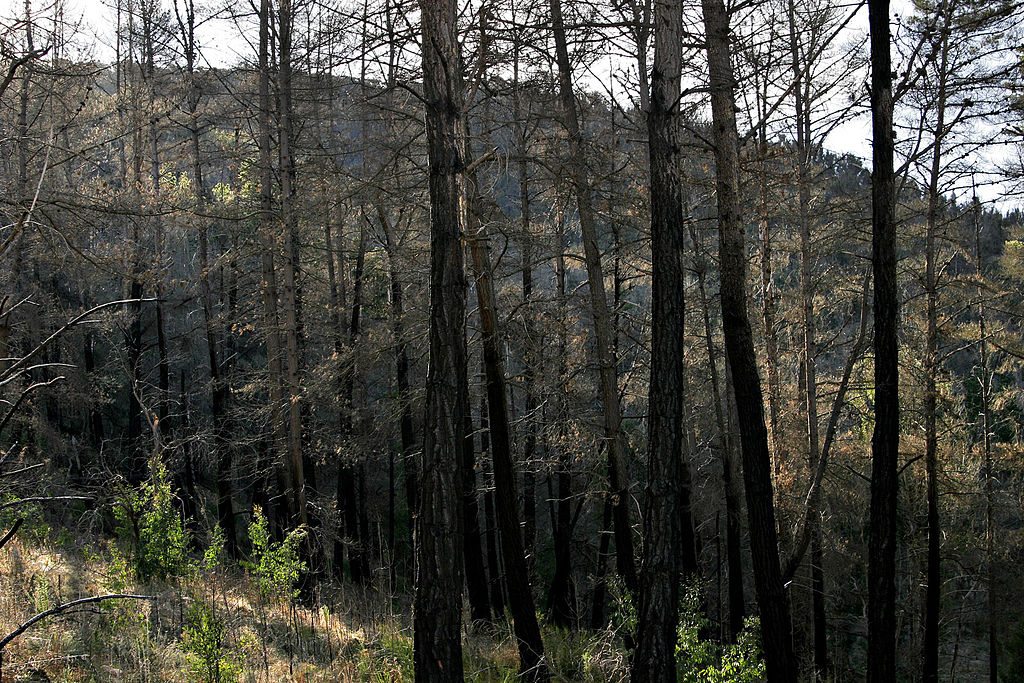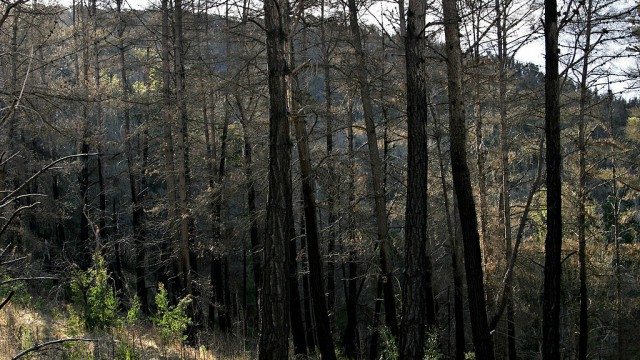
Eric Galatas, WYOMING NEWS SERVICE – Climate change is affecting how Rocky Mountain forests bounce back after wildfires, according to a new study. 
Brian Harvey, lead author and a postdoctoral research fellow at the University of Colorado, says overall, fewer trees grew back in drought years compared with the number of seedlings sprouting up in cooler, wetter conditions.
“Those seedlings can get really hammered by those warm, dry conditions,” says Harvey. “And so we’re starting to really see the beginning of what climate change might look like in these forests that are otherwise really well adapted to these disturbances like fire.”
Harvey notes lodgepole pines fared better than other species because each tree has cones that release thousands of seeds after a fire. He says the size of wildfires can also be a factor, and forests closer to seed sources were more likely to rebound.
Harvey’s team studied multiple wildfires in Colorado’s Rockies as well as Yellowstone and Glacier National Parks, and he says the findings were consistent: seedlings in moist, cool conditions did well and others facing drought did not.
Harvey adds the goal of the research is to be able to predict how mountain forests in the future can absorb climate pollution, provide habitat for wildlife and outdoor recreation opportunities.
“A lot of our economy is driven by forest ecosystems,” he says. “Wildlife, tourism, recreation depend on healthy forest ecosystems. And so, understanding what climate change is going to mean for those ecosystems is really critical for us to get some answers on.”
He hopes the findings will be useful for land managers who work with wildfires, which often leave behind a mosaic of burned and unburned trees.
He notes these surviving “islands” of trees could serve as valuable seed sources for forest recovery.


